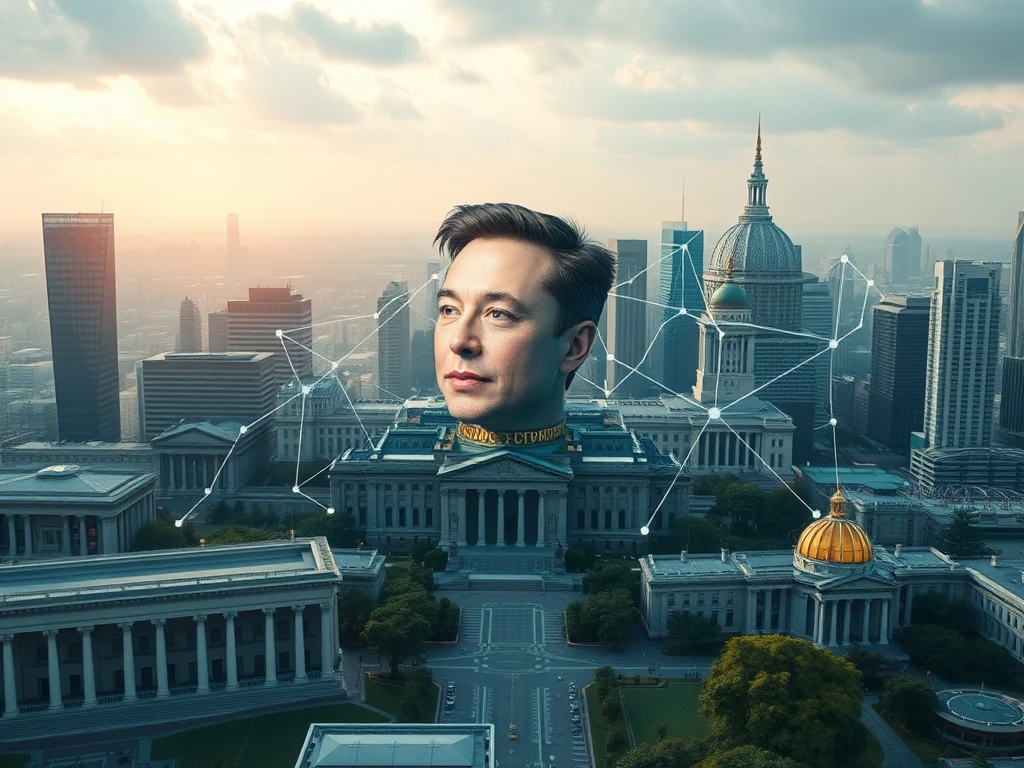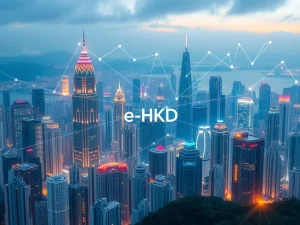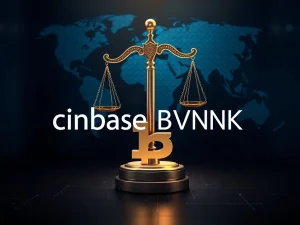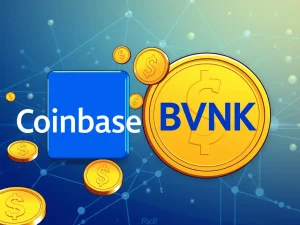Revolutionary Blockchain for Government Efficiency: Elon Musk’s US Treasury Vision – Risks & Rewards

Elon Musk, the visionary behind Tesla and SpaceX, is now setting his sights on a new frontier: government efficiency. His proposition to weave blockchain technology into the fabric of the US Treasury has ignited a firestorm of debate. Is this a revolutionary leap towards transparent governance, or a risky gamble with public finances? Let’s dive into the intriguing possibilities and potential pitfalls of Musk’s ambitious plan.
Elon Musk’s Bold Vision: Blockchain for Government Efficiency
The current climate in Washington is ripe for technological disruption. Musk, acting as a presidential advisor, has voiced concerns about unsustainable government spending. His proposed solution? Blockchain. Imagine a system where every government transaction, every allocation of funds, is recorded on an immutable, transparent ledger. This is the tantalizing promise of blockchain for government efficiency.
Musk envisions a unified system capable of real-time tracking of payments, credentials, and resources. This concept, while seemingly futuristic, addresses a very real pain point: the perceived opacity and inefficiency of traditional government operations. The core appeal lies in blockchain’s inherent promise of accountability, traceability, and streamlined operations. But is this vision grounded in reality, or are we overlooking significant hurdles?
What Could Go Right? The Alluring Potential of Blockchain in Public Finances
The advantages of integrating blockchain into the US Treasury, and potentially other government functions, are compelling:
- Enhanced Transparency and Accountability: Blockchain’s inherent transparency is a game-changer. Citizens could potentially monitor public fund allocation in real-time, fostering unprecedented accountability for public officials. Imagine tracking where your tax dollars are going with the same ease as tracking a crypto transaction.
- Streamlined Operations and Reduced Bureaucracy: By replacing outdated legacy systems with a modern blockchain infrastructure, the government could potentially eliminate redundancies, automate processes, and drastically reduce bureaucratic red tape. This could lead to faster service delivery and significant cost savings.
- Improved Security and Data Integrity: Blockchain’s decentralized and cryptographic nature offers robust security. Immutable records ensure data integrity, making it incredibly difficult to tamper with or manipulate government records. This is crucial for maintaining trust and preventing fraud.
- Empowered Citizens through Decentralization: A decentralized system could shift power dynamics, empowering citizens with greater access to information and potentially fostering more direct engagement with government processes. This aligns with the growing demand for more transparent and participatory governance.
What Could Go Wrong? Navigating the Challenges of Blockchain Adoption in the US Treasury
Despite the alluring benefits, implementing blockchain in the US Treasury is not without significant challenges. Let’s consider the potential roadblocks:
- Scale and Complexity of Government Operations: The sheer scale of US government operations is immense. Processing millions of daily transactions across diverse departments demands a robust and scalable blockchain solution. Can blockchain technology handle this volume without buckling under pressure?
- Data Migration and Legacy Systems: Government databases are often described as labyrinths of poorly documented, archaic data. Migrating this data to a blockchain infrastructure is a Herculean task, requiring significant investment and expertise. Blockchain’s elegance might be overshadowed by the messy reality of legacy systems.
- The Human Factor: Resistance to Change: Musk himself points to government inefficiency as a driver for change, but this inefficiency might be the biggest obstacle. Retraining a workforce accustomed to outdated systems is a monumental undertaking. The human element, the resistance to change, could derail even the most technologically sound plan.
- Balancing Transparency and Confidentiality: While transparency is a major advantage, governments also handle highly sensitive data – classified information, personal identification, etc. Exposing this data on a public blockchain is a security nightmare. Striking the right balance between transparency and confidentiality is paramount. Musk’s suggestion of private channels within the blockchain for sensitive data is a potential solution, but its implementation requires careful consideration.
- Regulatory Hurdles and Public Perception: Navigating the complex web of government regulations and winning public trust in this new technology will be crucial. Misconceptions about blockchain and cryptocurrencies could fuel resistance and hinder adoption.
Hybrid Models and Zero-Knowledge Rollups: A Potential Path Forward?
Musk has proposed a hybrid model leveraging “Validium” zero-knowledge rollups (ZK-rollups) to address scalability concerns. ZK-rollups are a Layer-2 scaling solution that processes transactions off-chain, then submits cryptographic proofs to the main blockchain to ensure security and verifiability. These technologies can handle hundreds of millions of transactions daily, potentially making blockchain feasible for large-scale government operations. However, integrating these cutting-edge technologies with existing public services, often operating in silos, presents its own set of integration challenges.
The Broader Implications: Redefining Governance in the Digital Age
Musk’s proposal goes beyond mere technological upgrades; it raises fundamental questions about the nature of governance itself. Can technology truly address deeply rooted human governance challenges? While blockchain offers the promise of increased accountability and government efficiency, it also forces us to confront complex issues around privacy, data security, and the very definition of authority in a digital age.
The debate sparked by Musk’s vision is crucial. It’s a conversation about the future of governance, the role of technology, and the balance between transparency and privacy in an increasingly digital world. Whether Musk’s specific plan comes to fruition or not, it has undoubtedly placed blockchain squarely in the spotlight as a potential tool for transforming public finances and government operations. The journey towards a blockchain-powered government may be fraught with challenges, but the potential rewards – a more efficient, accountable, and transparent government – are too significant to ignore.
Opinion by: James Strudwick, executive director, Starknet Foundation. This article is for general information purposes and is not intended to be and should not be taken as legal or investment advice. The views, thoughts, and opinions expressed here are the author’s alone and do not necessarily reflect or represent the views and opinions of Crypto News Insights.
#Blockchain #Government #Adoption #US Government #United States #Elon Musk #Data #Regulation







